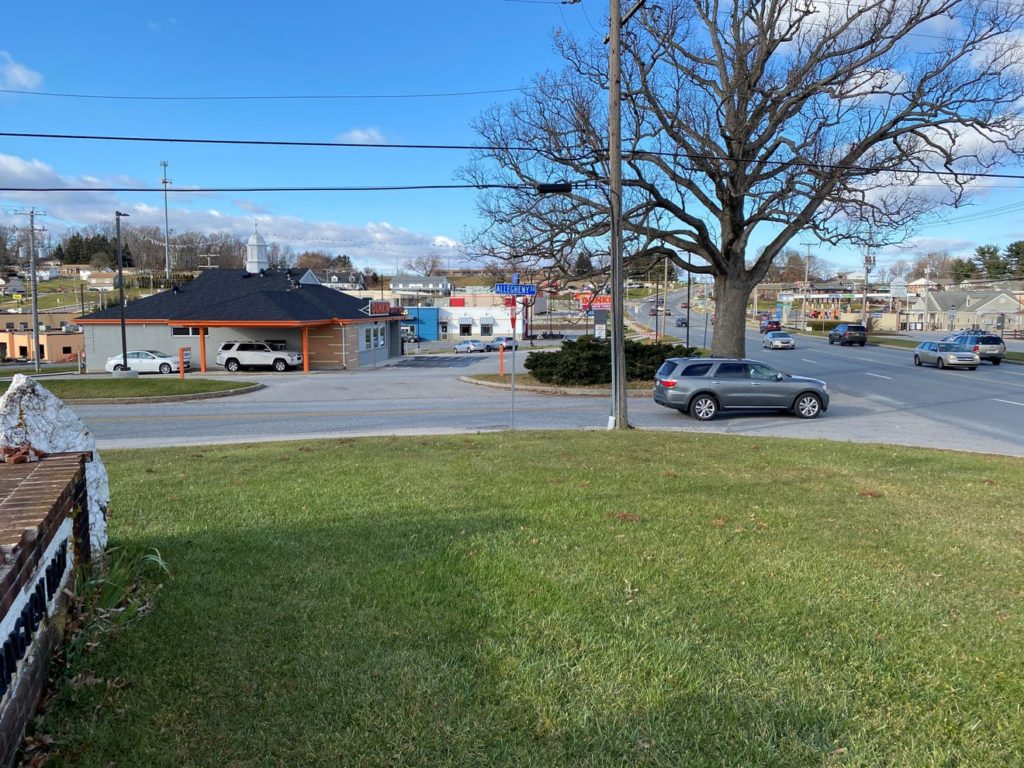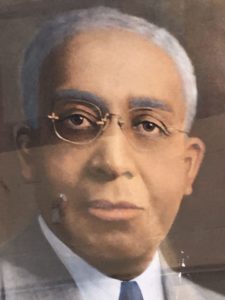The Myers family in Levittown and York
Daisy Myers
Arlington Park, South Queen Street & Allegheny Drive, York Township
The situation
When Bill and Daisy Myers moved into their Levittown home in 1957, they found this all-white community had rolled up its welcome mats.
Indeed, their hostile neighbors took to the streets of this planned development in Bucks County to let this first Black family to own a house in this subdivision know they were not wanted.
That story has been told and retold, as it should be.
And it’s best-told in Daisy Myers’ own words, as she did in her autobiography “Sticks ’n Stones.”
In that recently republished memoir, Daisy goes beyond her family’s experiences in Bucks County to tell, for example, about her life in York County. Bill Myers was a York County native, and Daisy Myers lived in York for about 50 years, mostly after the family’s Levittown experiences.
So how was the Myers family received in York County, a place that some people reflexively equate with racism? Some contend that York County is the most racist place they’ve ever lived.

And York County, indeed, has vast work to do on that front. The Black poverty rate, for example, remains about 3.5 times that of white people.
But the county has a complexity that can be – and is – overlooked. In the 1760s, York County was placd on a 65-mile border with the South – the Mason-Dixon Line. After 1800, that border measured 45 miles – and with Maryland, where slavery was legal. That means that Southern ideas about race have found their way here over centuries. Yet, York is a Northern county and its trade and family relationships have included Philadelphia as well as Baltimore.
So it’s not a given that the Myers family would face a Levittown experience when they moved into the new Arlington Heights subdivision in York Township soon after their five years living in Levittown.
The witness
The short story is that the Myers family members enjoyed their time in their suburban York Township home.
“The neighborhood was friendly, and we were welcomed with plenty of goodies,” Daisy Myers wrote in her autobiography. “… Bill installed a basketball net so our home was the house where other kids came – all kinds of kids played in our yard.”
Her four children graduated from Dallastown Area High School.

This is not the first time that York County has defied conventional wisdom when it comes to race.
In 1941, contralto Marian Anderson and tenor Roland W. Hayes, billed as the foremost Black singers in America, captivated an audience of about 600 people in the York High auditorium.
The singers’ repertoire ranged from Negro ballads and spirituals to interpretations from French and Italian compositions. They jointly performed Muldach’s “The Passage Bird’s Farewell” as their closing number.
Recall that just two years earlier, the Daughters of the American Revolution denied Anderson permission to sing in Constitution Hall in Washington, D.C., because of race. The Philadelphia native sang instead at the Lincoln Memorial before 75,000 people. Conductor Arturo Toscanini praised Anderson’s voice as one “heard once in a hundred years.”
The York audience agreed.
A newspaper reported that the mixed audience of white and Black music lovers provided equal doses of applause and requested numerous encores.
Accomplished people who D.C. and Levittown rejected – York County accepted. For more on the Myers family story, see: Daisy Myers.
The questions
Daisy Myers’ experiences remind us of Lorraine Hansberry’s “A Raisin in the Sun,” written about the same time that Myers moved to Levittown. Coincidentally, both women were about the same age when they witnessed housing discrimination based on the color of their skin. They likely didn’t know each other or aware of the wrong treatment both described. How can we create opportunities for people to feel supported? None of us should be relegated to operate in a silo, especially if that silo is littered with racism. What can we do to make sure the Myerses and Hansberrys of the world don’t feel alone?
Related links and sources: David Kushner’s “Levittown.” James McClure’s “Almost Forgotten.” Top photo by Jim McClure. Bottom photo, York Daily Record.
— By JAMIE NOERPEL and JIM McCLURE



